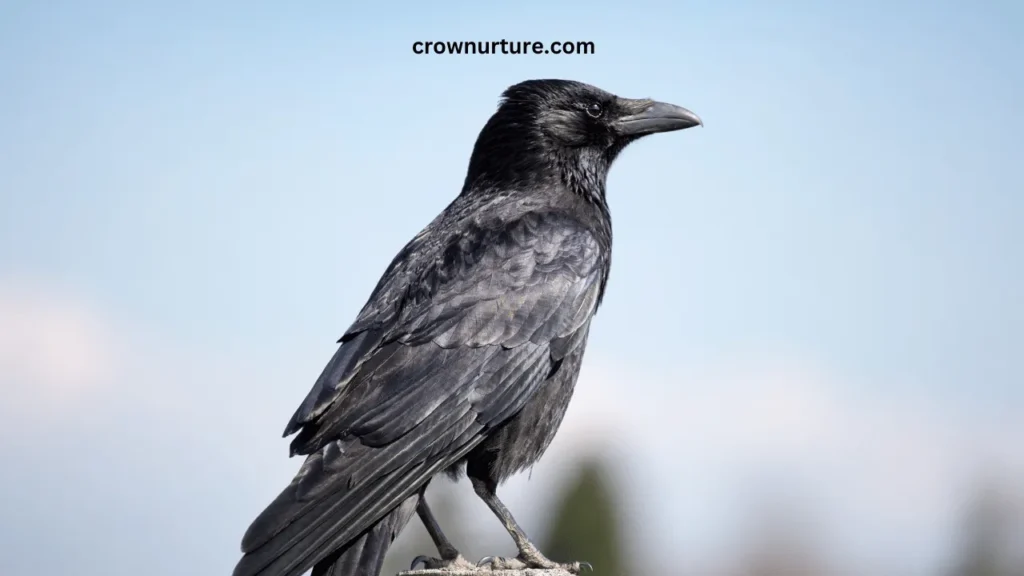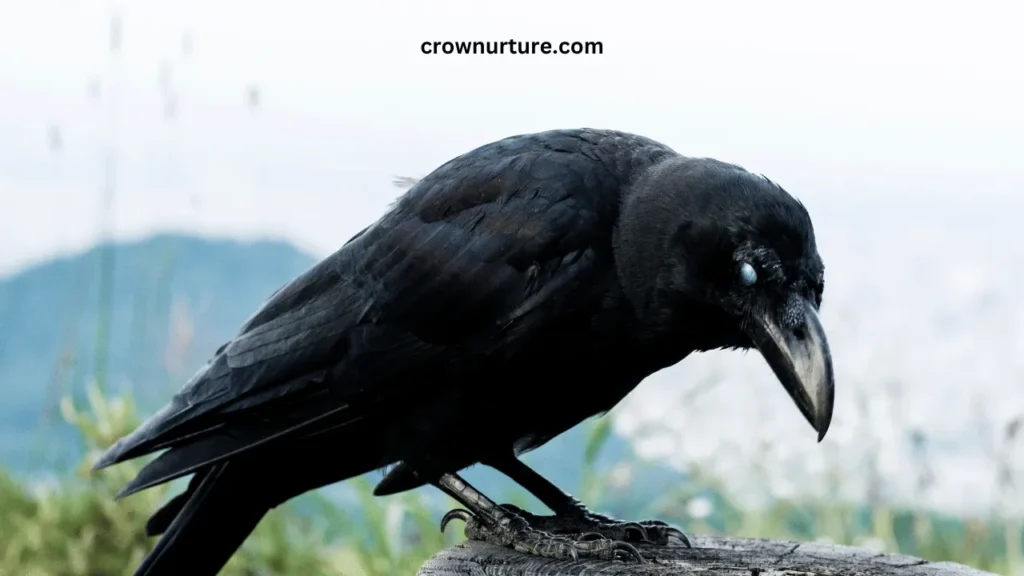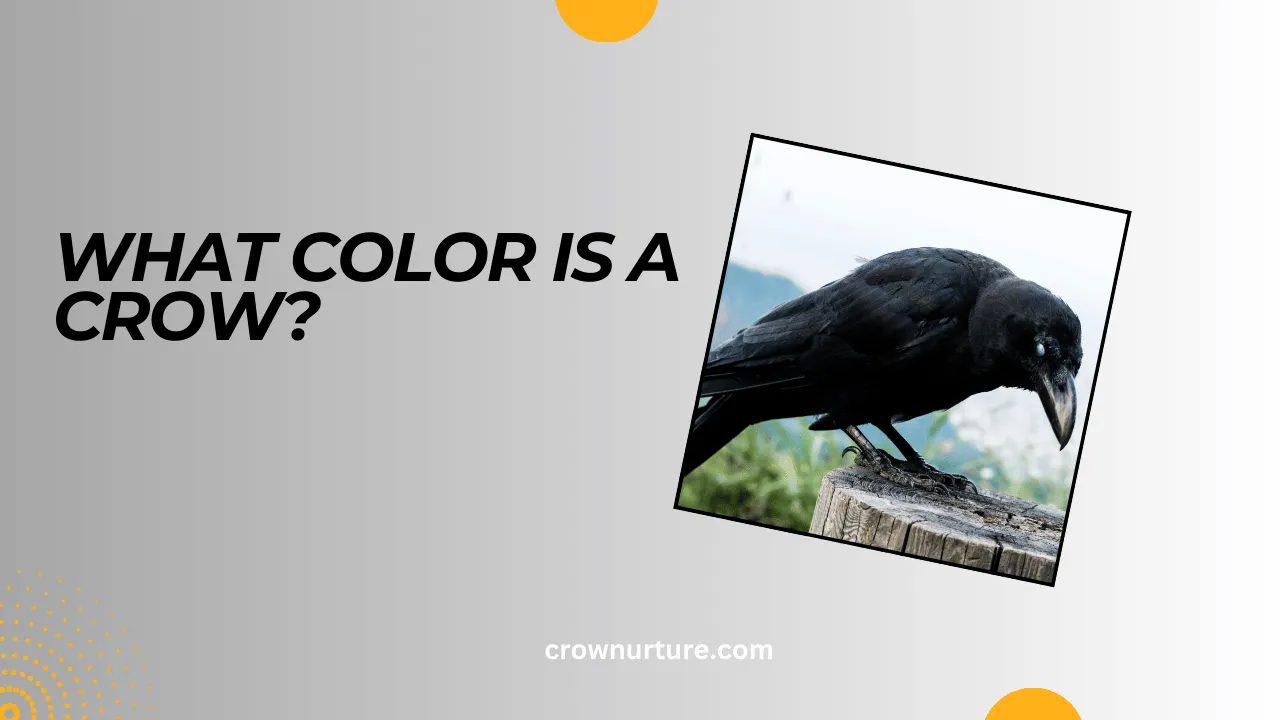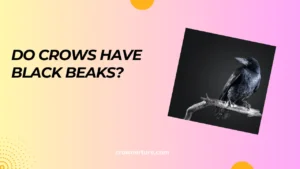Crows are some of the most striking and recognizable birds, often seen soaring in the skies or hopping along urban streets. But have you ever stopped to wonder, what color is a crow?
Most people immediately think of them as black, but there’s more to their coloration than meets the eye. This seemingly simple question unlocks a fascinating world of biology, mythology, and cultural symbolism.
In this article, we will explore the various factors that influence crow coloration—from the genetics behind their dark feathers to the environmental aspects that can cause their plumage to shift.
Along the way, we’ll also uncover the cultural significance of these birds and how their color has shaped their role in human history.
Crows are not only known for their intelligence and adaptability but also for their ability to thrive in diverse environments around the globe.
So, whether you’ve encountered a crow in the heart of a city or deep in the wilderness, understanding their color opens up new insights into their world.

Contents
1. The Basics of Crow Coloration
Crows’ dark color is primarily due to a pigment called melanin, which gives them their characteristic black appearance. This pigmentation plays a crucial role in their ability to absorb heat and protect themselves from the sun.
The structure of crow feathers also contributes to their color. Their feathers have tiny structures that reflect light, which can create an almost shiny or iridescent appearance when the light hits them in certain ways.
Interestingly, geographic location plays a role in crow coloration. Crows in northern regions often have darker plumage than those in warmer climates, where their feathers might appear a little less intense.
2. The Myth of the Black Crow
While many people believe that all crows are black, this is a common misconception. In reality, some species of crows display a range of colors, from dark brown to gray.
For example, the American Crow tends to be a deep, glossy black, while the Carrion Crow in Europe can sometimes have slightly lighter hues. The Rook, another species, has an even more distinct difference, especially noticeable in their juvenile stages.
These variations highlight that crow coloration is not just a simple matter of black feathers but rather a diverse spectrum depending on species and environment.

3. Cultural Significance of Crow Coloration
Throughout history, crows have been seen as symbols of intelligence, trickery, and even death. Their black color, in particular, has often been associated with mystery and the unknown, making them frequent figures in mythology and folklore.
In many cultures, a crow’s appearance is linked to omens. Some consider seeing a crow a sign of bad luck, while others believe it may bring good fortune or signify wisdom. This complexity in interpretation adds to the enigmatic nature of these birds.
From Shakespeare to Edgar Allan Poe, crows have often made their mark in literature and art as dark, mysterious creatures, further cementing their symbolic connection to both foreboding and intelligence.
4. The Science Behind Crow Coloration
At the heart of crow coloration lies genetics. Certain genes determine the presence and distribution of melanin, the pigment that gives their feathers their dark shade. Mutations in these genes can lead to slight variations in color.
Environmental factors, such as diet and climate, can also influence crow color. For example, a crow living in a region with more abundant food sources may have healthier, shinier feathers, which can affect the perception of its color.
Evolutionarily, dark feathers have certain advantages—such as better heat retention and camouflage in certain environments. However, these benefits are balanced by the challenges they pose in other climates or habitats.
Conclusion
The color of a crow is far from a simple question of black versus anything else. It’s a complex result of genetic factors, environmental influences, and cultural significance. While the familiar black crow may dominate the skies, these birds display a fascinating range of colors when you take a closer look.
Understanding the diversity in crow coloration invites us to appreciate their incredible adaptability and intelligence. It also encourages us to view these birds through a new lens—one that recognizes the intricate biological and cultural layers they carry.
Next time you spot a crow, take a moment to observe not just its color but its place in the world around you. These birds are far more than their black feathers; they are a symbol of nature’s complexity.
FAQs
1. What color is a crow?
Most crows are black, but variations in their coloration can range from dark brown to gray, depending on species and location.
2. Why are crows black?
Melanin gives crows their black color, helping them absorb heat and protect against the sun.
3. Are all crows the same color?
No, different species of crows, such as the American Crow and the Carrion Crow, can exhibit slight differences in color.
4. Do crows have shiny feathers?
Yes, crow feathers often have an iridescent quality, reflecting light in ways that make them appear shiny or glossy.
5. What cultural significance do crows have?
Crows are often symbols of wisdom, trickery, or death in various mythologies and are frequently featured in literature and art.
6. How does diet affect crow color?
Crows with a healthier diet tend to have shinier, more vibrant feathers, which can influence their overall appearance.








